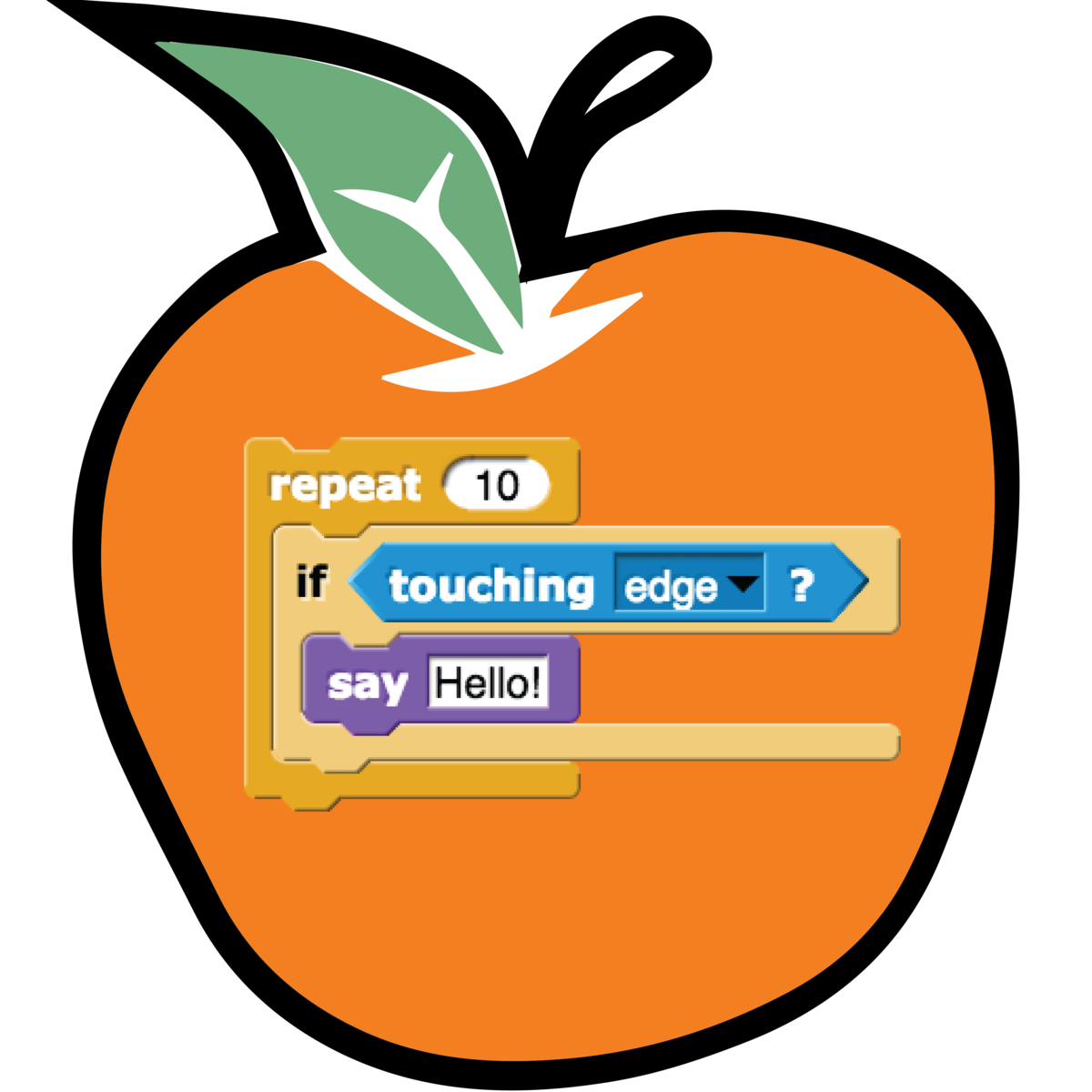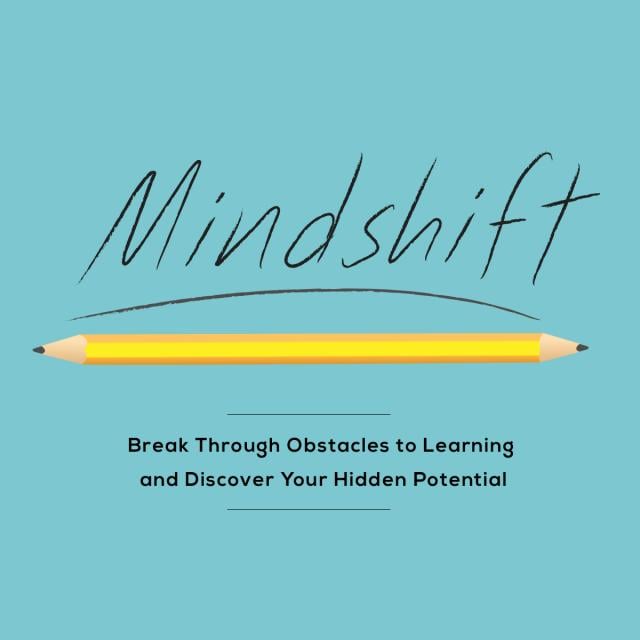Uncommon Sense Teaching Course Overview
Do your students spend too much (or too little) time learning, with disappointing results? Do they procrastinate in their study because it’s boring and they’re easily distracted? Are you working to make your teaching even more inclusive? Uncommon Sense Teaching will give you practical new insights that will help you solve these goals and challenges, and many more.
This is like no other course on teaching—it weaves late-breaking insights from neuroscience with personal insights from the classroom to provide unexpected, yet practical, new approaches. You’ll discover how to bring out the best from all your students in today’s diverse teaching environment, where students often have a wide range of abilities.
Uncommon Sense Teaching will take your teaching to a higher level for whatever subjects you teach, whether math, physics, literature, dance, art, or anything else; and whether you are teaching K-12, university, business, vocational, or at home.
Join us today to move into the new era of education!
Course Syllabus
WEEK 1 – Active Learning for All
This week’s material covers the deepest essence of how we learn—which can provide surprisingly helpful and practical insights for our teaching! When students are learning, ideas captured in students’ working memories are sent to long-term memory in the neocortex.
One of our biggest challenges in learning is the diversity in size of learners’ working memory—that temporary holding place for new ideas we are thinking about. (We three instructors model these differences in working memory capacity, with Terry having high capacity, Barb low capacity, and Beth variable, depending on the material.)
Some people can hold more information in working memory—these “racecar” learners might learn more quickly, but what they learn can go by in a blur—they can jump to conclusions and find it difficult to correct themselves when they make errors. “Hiker” learners with lesser capacity working memory may learn more slowly, but they can learn more deeply, and sometimes more creatively, as a consequence. They can also find it easier to be flexible and change their thinking when they are wrong.
What this all means is that the different sizes of working memory can have their advantages and disadvantages. Scaffolded instruction is a key to being more inclusive, so we can reach all of our learners, not just the few who are easy to teach. We will also take a fresh view of active learning—those words, as you will discover, do not always mean what you think they mean!
WEEK 2 – Helping the Brain Build Better Links for Learning
This week, we’ll dive into the brain’s two major “superhighways” of learning. The declarative pathway winds its way through the hippocampus and onto the neocortex. This pathway is for new information students are trying to figure out or learn.
A tiny, fun, metaphorical choir will help you better understand how the hippocampus (a glib character named Hip!), the neocortex (a capacious singer named Neo), and working memory (the Conductor) all interact to help students learn declaratively. And you’ll learn how Beth used this type of learning, along with the underlying, all-important consolidation processes—to help her recover her ability to read the words she can now speak so eloquently.
The more mysterious procedural pathway involves information, skills, or activities that we use or do so often that we don’t want to have to waste cognitive resources in having to think about them. Think that drill means kill? Think again—we teachers ignore the value of the procedural pathway at our peril. As we’ll discover, smartly done drill leads to skill!
We’ll also cover important issues related to lack of focus, including task switching, dual tasking, and continuous partial attention. But the unrelenting focus isn’t always the answer—as we’ll see, there are tricks to help students get around the cognitive fixation that can cause them so many problems on tests. Finally, we’ll show how using a neural approach to understanding the effects of your teaching can also help you to understand the value of seemingly unrelated ideas and approaches like physical exercise, and of metaphor, when it learning. It’s going to be a fun, action-packed week!
WEEK 3 – Practice, Passion, and Procrastination
This week, we dive into one of the students’ most common issues with their studies—procrastination. A common tool for business, the Pomodoro Technique, turns out to be also useful to help students of all ages focus their meditation.
This is because the Pomodoro Technique makes masterful use of the brain’s focusing and relaxing modes of thinking. Judicious focusing and relaxing of one’s thoughts is also a great way to figure out difficult or frustrating concepts or problems.
But when it comes to studying, it’s important not only to focus and relax but also to step back and look at the big picture of where the studies are headed. Is the common career advice for students to “follow your passion” always the best advice? And there are other bigger picture issues related to learning to help ensure our students approach their studies, projects, and tests with the best possible attitude and preparation?
WEEK 4 – How Human Brains Evolved—and Why This Matters for your Teaching
Do children learn differently than adults? Yes, they do, and this week’s insights show us how our brains change as we mature. These changes mean that certain approaches that work great for our youngest students aren’t necessarily appropriate for middle and high school students.
Looking at learning from an evolutionary perspective helps us to understand why some types of learning are natural and easy, while other forms can be far more difficult. What are some of the best ways to tackle teaching the more difficult-to-learn material? That’s what this culminating week of our first MOOC in the Uncommon Sense Teaching Specialization is all about!
Teacher
- Barbara Oakley
- Beth Rogowsky
- Dr. Terrence Sejnowski







Reviews
There are no reviews yet.